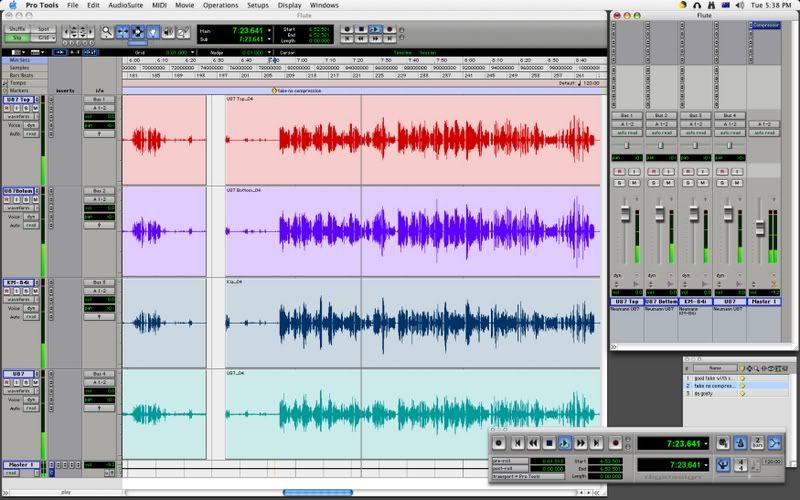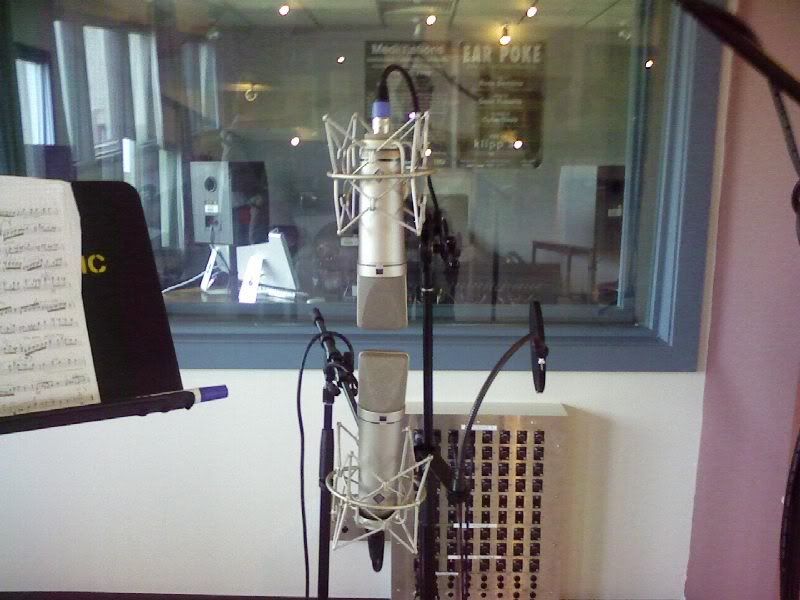Week 5 Forum - More Collaborations
Our presenters this week were Luke Digance, Daniel Murtagh, Darren Slynn and Alfred Essemyr.
Luke's presentation was on the idea of collaborating music and dance. The choreographer he was talking about was Merce Cunningham. The collaboration also consisted of Sigur ros and Radiohead. It was hard to visualise how this would work because Luke wasn't able to get some audio. Still the idea was interesting. [1]
[2] 
[3]  Ouch!
Ouch!
[4]  Merce doing his morning stretch.
Merce doing his morning stretch.
Daniel’s presentation was on Mike Patton. I am not familiar with Patton’s music but it sounds like he has collaborated with a ton of musicians and bands. From the samples that Daniel played, it showed the versatility of Patton. Patton has performed music ranging from metal to opera. That was the most impressive part of his music to me. [5] [6] 
[7] 
Darren Slynn was next to present. He chose the collaboration of Steely Dan, Frank Zappa and Weather Report. I had never heard of The Weather Report. They are a Jazz Fusion band from the 70s. I thought the idea of these artists collaborating was interesting and seeing as I like jazz this kind of music would be something I would want to look at. [8]
[9] 
Finally Alfred presented us with an idea on DJ collaborating. I don’t fully understand how what he presented was strictly collaboration. Then again, I don’t really mind because it was interesting. Being an avid lover of the dance music scene it was great to hear some drum ‘n’ bass. I think Alfred was saying that by DJs mixing other DJs music and perhaps combining different sub-genres of dance music that was a collaboration. I hadn’t really thought of DJing this way and really it could quite well be a collaboration.
He also mentioned the possibility of music being downloaded off the Internet and artists using that music in their own (i.e. ripping off samples). I suppose this is a collaboration and a lot of DJs do this. So, it could be considered a compositional collaboration. The only problem, is that in most cases the artists ripping off the sample doesn’t want anyone to know so he/she doesn’t get done for copyright.
Alfred said that a DJ may copy just a snare hit or anything small. I am about 99% sure (if I am wrong please correct me) that legally you cannot copy anything at all. A one second sample may not be noticeable but it is still illegal. The law is nothing can be copied. . . I think [11]
[12]
 Armin van Buuren, one of my heros. . .
Armin van Buuren, one of my heros. . .[1] Luke Digance.
'Music Technology Forum Collaboration Presentation - EMU Space'.
Lecture presented in the EMU Space, Electronic Music Unit, University
of Adelaide, 29th March 2007
[2] 'Theatre Archives at MSU'. Department of Theatre. http://theatre.msu.edu/images/ta/Cunningham_Merce-001.jpg (Accessed 30/3/7)
[3] 'Merce Cunningham - Legendary 20th
Century Choreographer'. Scottish Arts Council.
http://www.scottisharts.org.uk/1/artsinscotland/dance/projects/archive/curve.aspx
(Accessed 30/3/7)
[4] 'Clarice Smith Center'. Gallery.
http://www.claricesmithcenter.umd.edu/gallery/images/full/Merce%20Cunningham-couple.jpg
(Accessed 30/3/7)
[5] Daniel Murtagh. 'Music Technology Forum
Collaboration Presentation - EMU Space'. Lecture presented in the EMU
Space, Electronic Music Unit, University of Adelaide, 29th March 2007
[6] 'Mike Patton'. Brooklyn Vegan. http://www.brooklynvegan.com/img/music/faithnomore.jpg (Accessed 30/3/7)
[7] 'vege.fu'. Morblog. http://morblog.morloi.org/wp-content/patton.jpg (Accesssed 30/3/7)
[8] Darren Slynn.
'Music Technology Forum Collaboration Presentation - EMU Space'.
Lecture presented in the EMU Space, Electronic Music Unit, University
of Adelaide, 29th March 2007
[9] 'Weather Report'. Weather Report. http://en.wikipedia.org/wiki/Weather_Report (Accessed 30/3/7)
[10] 'Weather Report'. Jojo X Series. http://www.jojoxserie.net/pics/illustrazioni/weather_report.jpg (Accessed 30/3/7)
[11] Alfred Essemyr.
'Music Technology Forum Collaboration Presentation - EMU Space'.
Lecture presented in the EMU Space, Electronic Music Unit, University
of Adelaide, 29th March 2007
[12] 'Labyrinth'. Damicon. http://www.damicon.fi/fri/photo/labyrinth-2001/dj-armin-van-buuren-2.JPG (Accessed 30/3/7)





































